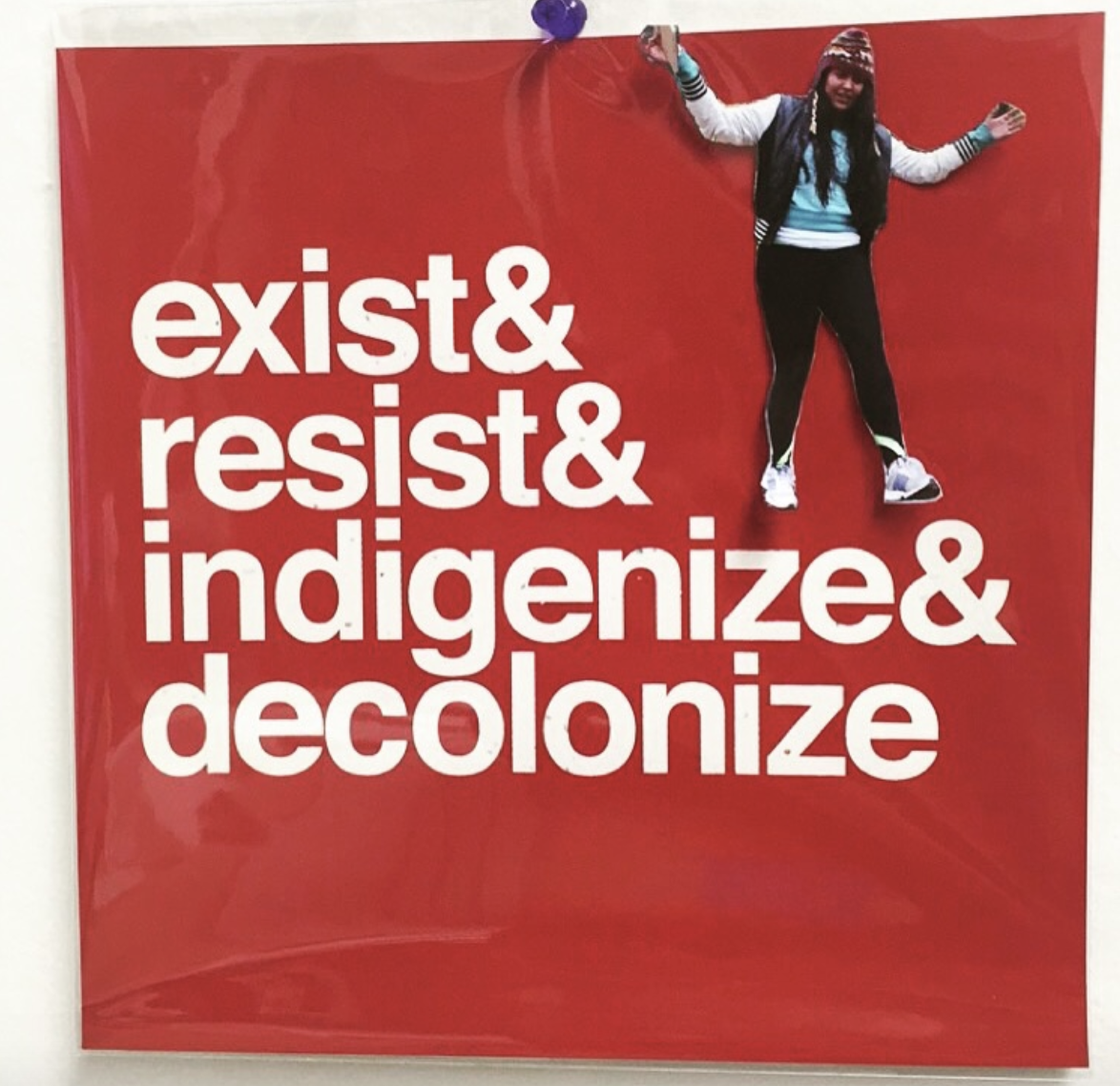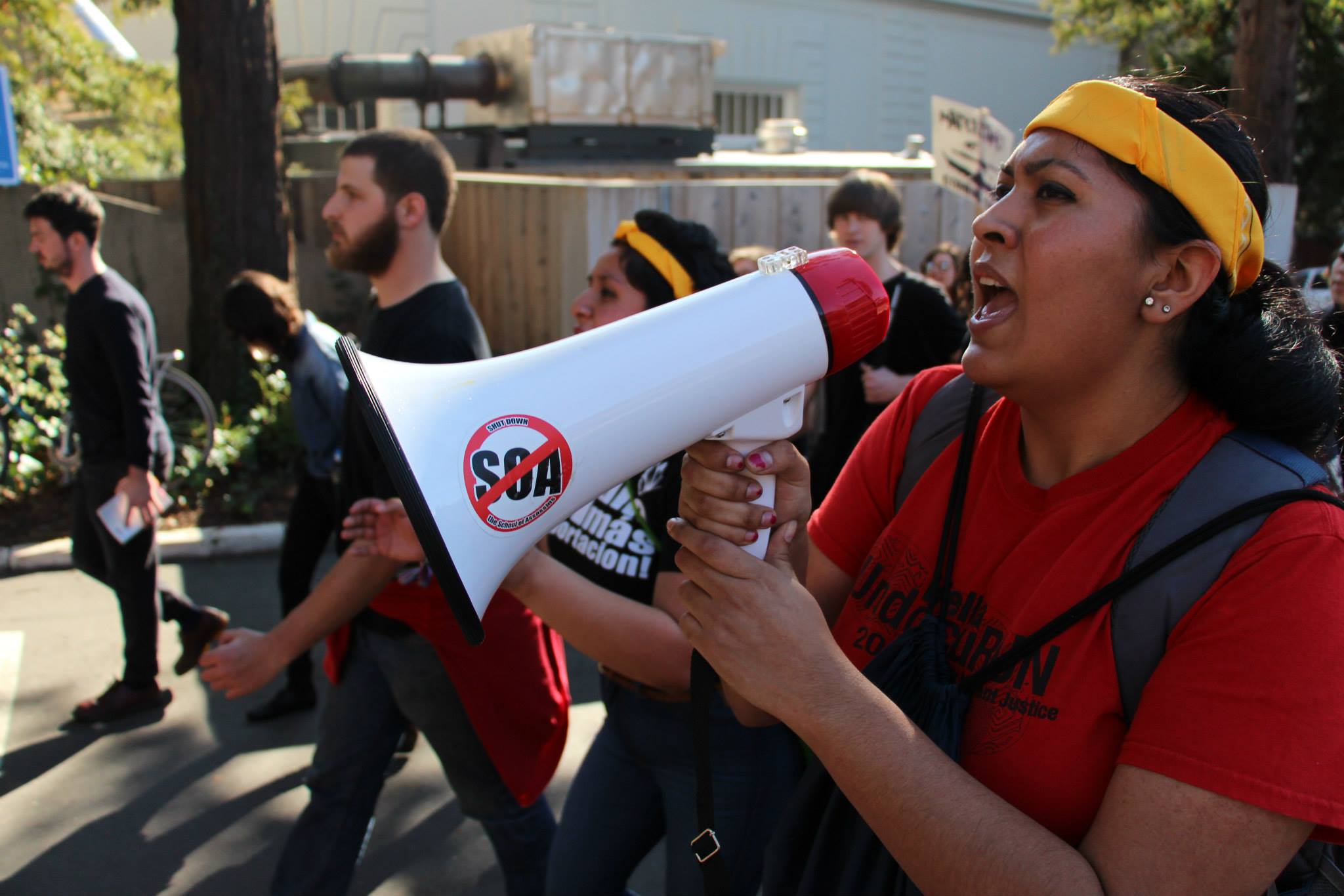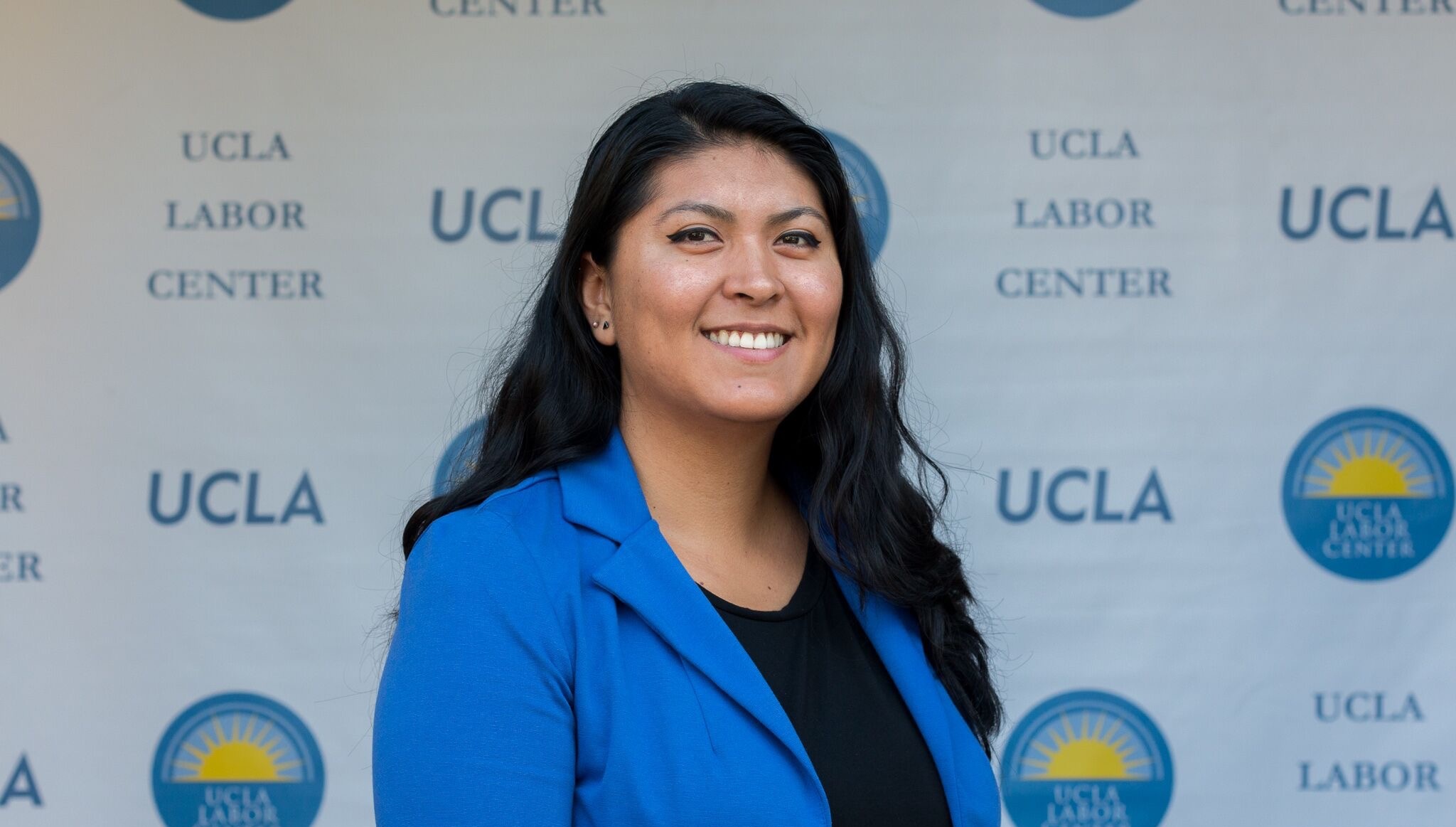Before I began working at yli, radical youth-led work meant adults getting out of the way so that youth could run with their ideas.

As a young person, I was very much an organizer. I remember feeling that everything was urgent, everything needed to be fixed right away. We youth had the answers, we knew what was needed, and adults were simply barriers to implementing our social justice visions. Adults might have some answers, too, but it was not for them to impose or to limit our ideas and solutions. I just didn’t see how adults could fit into this work.
I was deep in the organizing world, living the outside strategy, in opposition to the harmful policies that had already been set. I didn’t know there were opportunities for me to participate in the decision-making process.
When I joined yli, I went through the process of learning about local politics alongside my youth. I felt so limited. It’s hard to be your full social justice self when you are doing policy and working with decision-makers.
I was once told to “turn it down” when meeting with a city council member, which felt very much like institutionalized tone-policing – a common tactic of white supremacy to keep people of color from speaking up.
Another time, I was attending in support of a young man whose sister had recently been shot. When he was finished with his passionate speech, which held City Council accountable for the racist actions of the police force, I burst out clapping…and I was the only one. That experience told me so much about the community in which I was working, and the types of conversations that were and weren’t happening.
Many policy-makers don’t reflect our communities – they have such different narrative filters, they look different and have different backgrounds than many of the people they supposedly represent. I felt strongly that they were doing things wrong, that they weren’t doing what was best for our communities. I couldn’t imagine partnering with them.

Over time, I’ve learned how to agitate and organize in a different way. Our policy work is an example of “inside-outside strategy” and, honestly, it still drives me bananas. I’ve seen how organizing gets things done and pushes policymakers to make things happen. Sometimes when you’re in the policy game, you don’t want to be associated with folks making a lot of noise. You’re trying to create relationships with policymakers, and there’s an attitude or way of being that is expected. How do you balance being friendly and polite with decisionmakers, while holding onto the values of our communities – especially when these spaces aren’t really set up to hear what the community needs? It’s a hard balance.
For me, a radical “inside-outside” strategy looks like wearing your heart on the outside, but keeping your head on the inside.
In other words, leading with values, entering conversations about policy, funding, sponsorship with your values at the top of your list, and walking away from things that don’t serve us. My colleagues at yli help to keep me grounded in my values. They understand why I had to make difficult decisions, or why I had to sell myself short just a little bit in order to create more opportunities for young people.
And this is where, within all the limitations of policy work, yli’s approach to youth-adult partnerships is truly radical. There are so many spaces – especially at decision-making tables – that have historically been off-limits to youth. We adults contribute to radical youth agendas when we use our privilege to enter spaces that youth can’t enter. We can hold the door open for youth and then hand over the mic so they can speak up in spaces where they’ve never before had a voice. Showing decision-makers that we have people power, that they have something to lose if they don’t collaborate – that’s the blueprint of a successful policy campaign.
We’re radical, too, when we teach young people to mold their ideas into demands – when we help them see what they have to offer – and speak up even in the face of adult fragility. As adults, and especially activists, we take public speaking skills for granted – and even for veteran organizers it can still be nerve-wracking to speak at City Council or at a protest, for example. But when youth walk in and speak at the podium for the first time, it is an enormous accomplishment. Most youth of color have never had that opportunity.
I try to keep it close to my heart, too, that I’m not necessarily going to see the fruits of my labor as an adult ally – I won’t see how these youth take up these skills and utilize them across their lives. But it’s very satisfying nonetheless and, to me, radical to know that this learning will continue to ripple out through their lives in ways I can’t even comprehend.

But there’s more yli could do. So many organizations – ours among them – are talking about equity, but what does that actually look like?
I think what we lack is a common understanding of what equity means across our organization: our Board, our leadership, our program folks and our youth. In my opinion, equity is a process: it’s finding out what people need to be successful, making it happen, and then evaluating our success. This should be a constant practice, and should reach every single corner of the organization. We’re definitely moving in the right direction – there are plenty of organizations that are not thinking about young people or inside-outside strategy, and don’t see young people as assets. But that doesn’t mean we can rest on our laurels. We can always do more, and we should always feel like there’s more to do.
The biggest paradox in my view when it comes to equity is organizational hierarchy: how can we be a social justice organization if one decisionmaker or small group of decisionmakers is acting as a gatekeeper, is deciding what is and is not possible for the rest of us? Further, hierarchies place value on certain positions more than others. It’s ironic that those doing direct service – the ones who are actually doing the work for which the organization has been built – have the least amount of decisionmaking power. We need to rethink what power looks like – and how it’s distributed – in our organization if we want to be a model of radical values for others.
I’m really interested, for example, in the idea of shared leadership – another term that has been thrown around a lot.
I’ve heard, for example, of organizations in which everyone gets paid the same amount no matter the position. In essence, what this says is that no job is more valuable than another. This is particularly important in a youth-serving organization like ours. Our young people do so much – more resources should be set aside to compensate them for the work they do. We’re still under the sway of capitalism where value is determined by hierarchy – and we assign value through dollars. We can’t get away from that entirely, but we do have power over how funding is distributed and value is assigned.
Another key barrier to supporting work that is truly youth-led is funding – not just how much we get, but the system through which it is received.
As a traditional nonprofit, our current legal status binds us to funding from foundation grants and government contracts, which often require predetermined outcomes. As an organization we are able to do some amazing work in partnership with foundations and local governements, but I’ve been very inspired by the way some of our democratic electeds – Bernie Sanders, Elizabeth Warren, Alexandria Ocasio Cortez – are financing their campaigns. These require a different legal status that would keep us from applying for grants, but they are compelling models that expand beyond traditional fundraising. In my mind, changing how traditional philanthropy and government contracting works is a far bigger battle than finding and building other funding streams that would give us more freedom.
At the end of the day, being radical as an individual or an organization does not have an end point or a finish line. It is a constant process of change and reimagining what is possible. What I have loved about yli in these past four years is having that freedom to imagine possibilities for our youth. I know that having conversations like these are what help us live up to our values every day.
This post is the second in our series, “Is yli Radical Enough?” At yli, we have strong opinions about what social justice looks like…but are we truly living our values? We have the power to be intentional about our work community and model what it looks like for an organization to work at self-reflection and improvement. This is an attempt to be vulnerable and transparent about our process of growth as individuals, as a collective, and as youth advocates.
